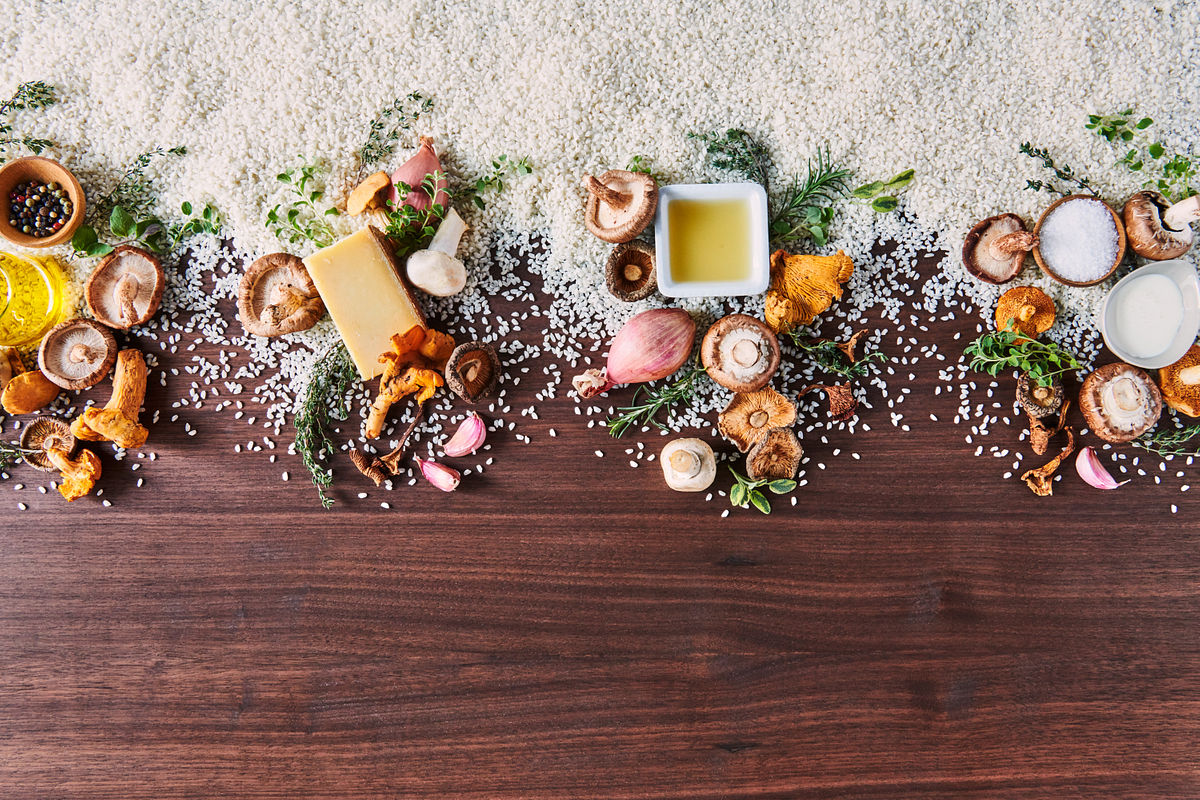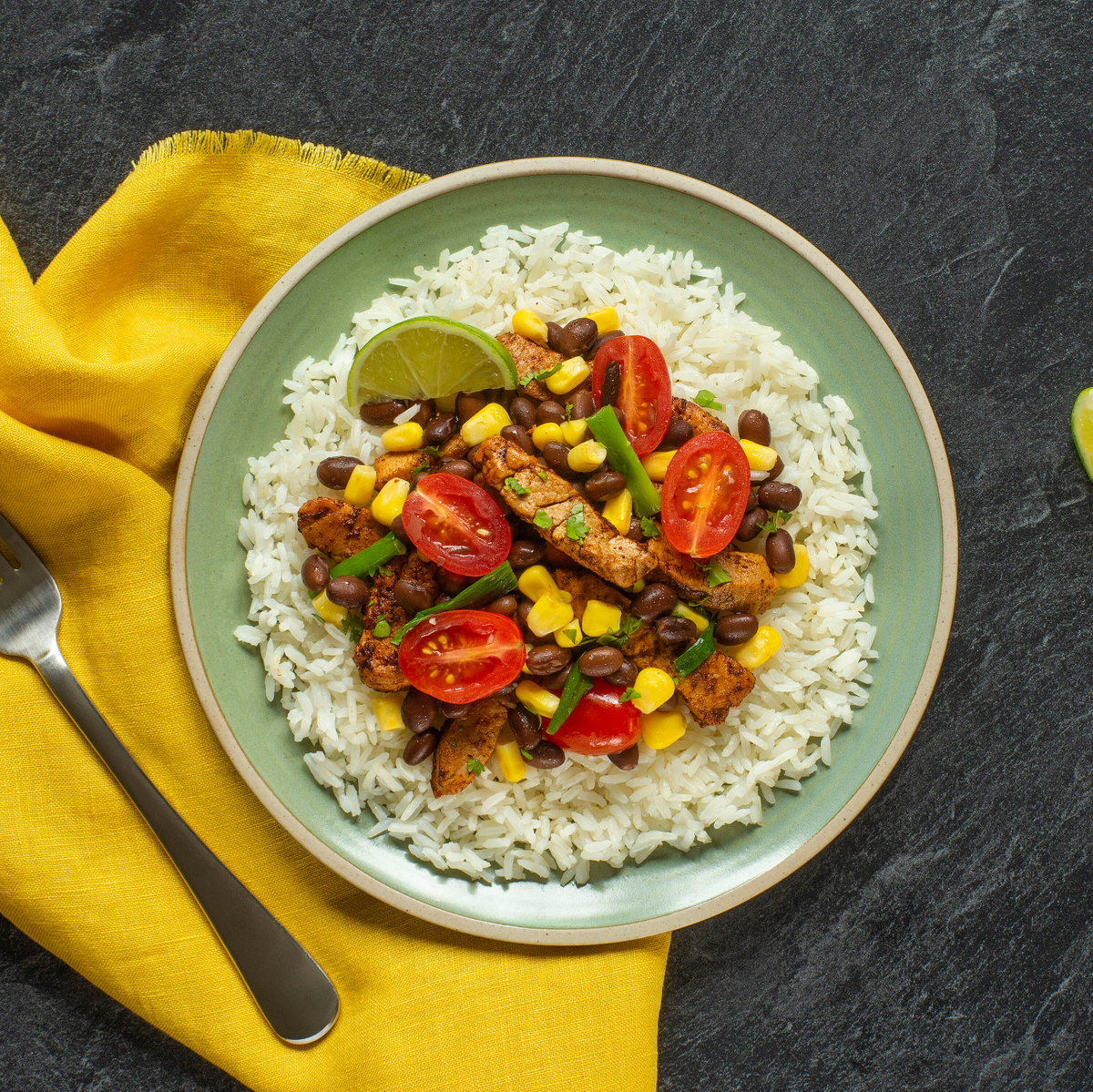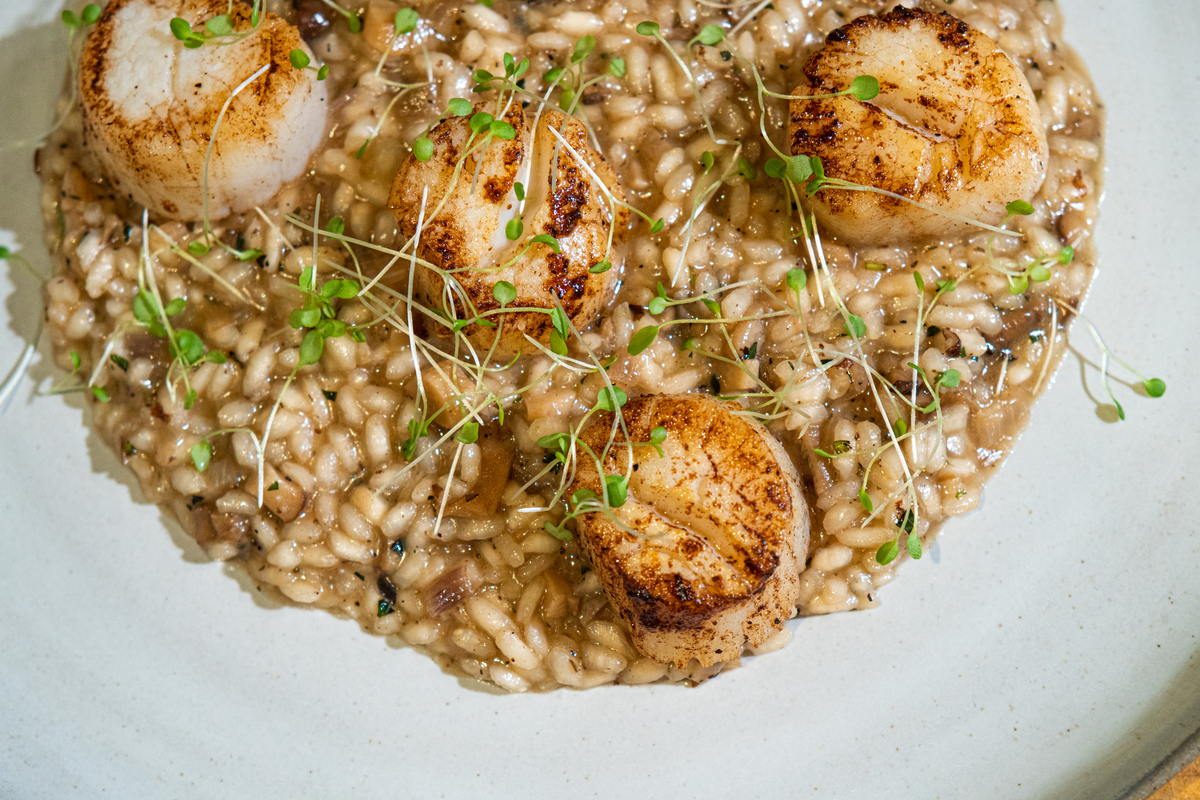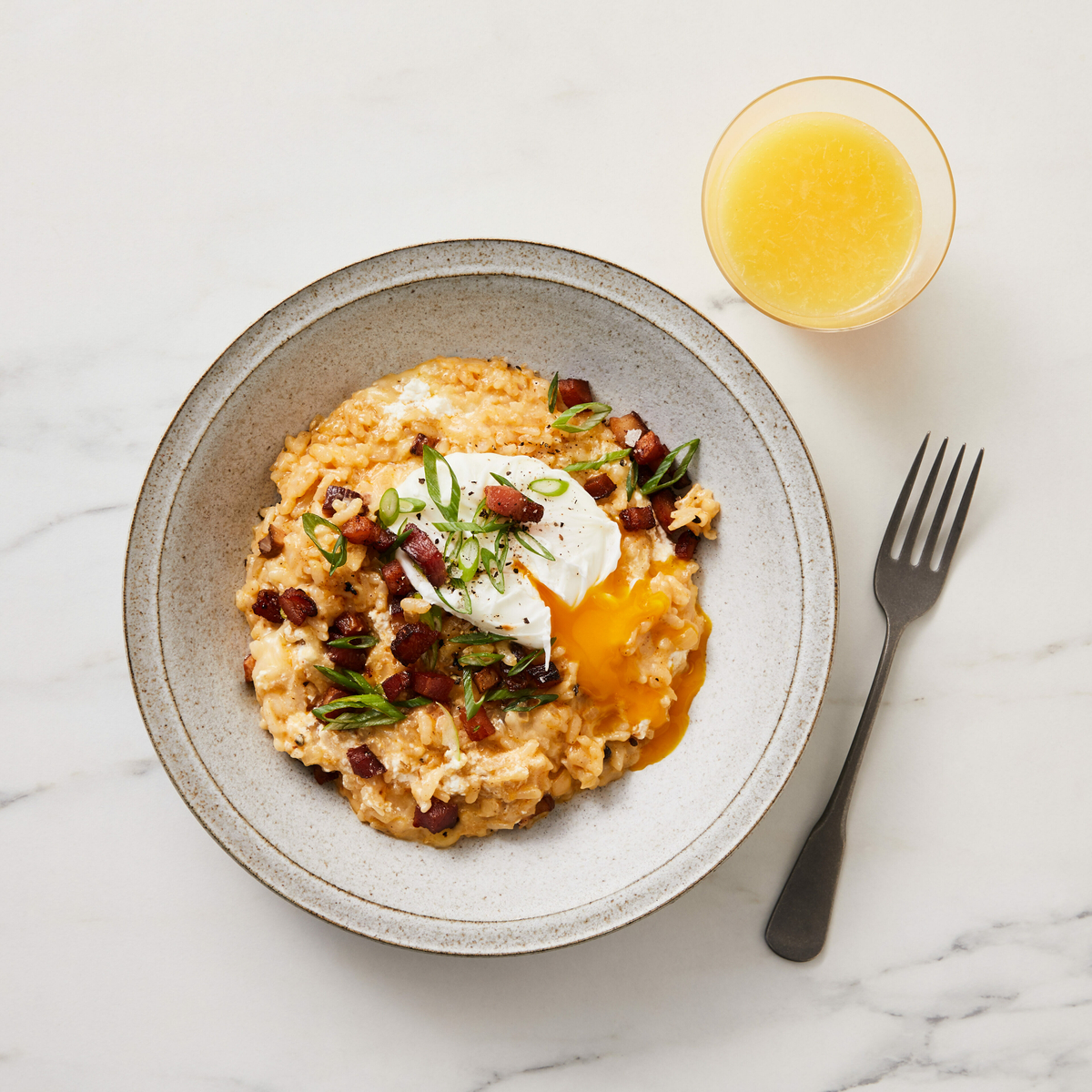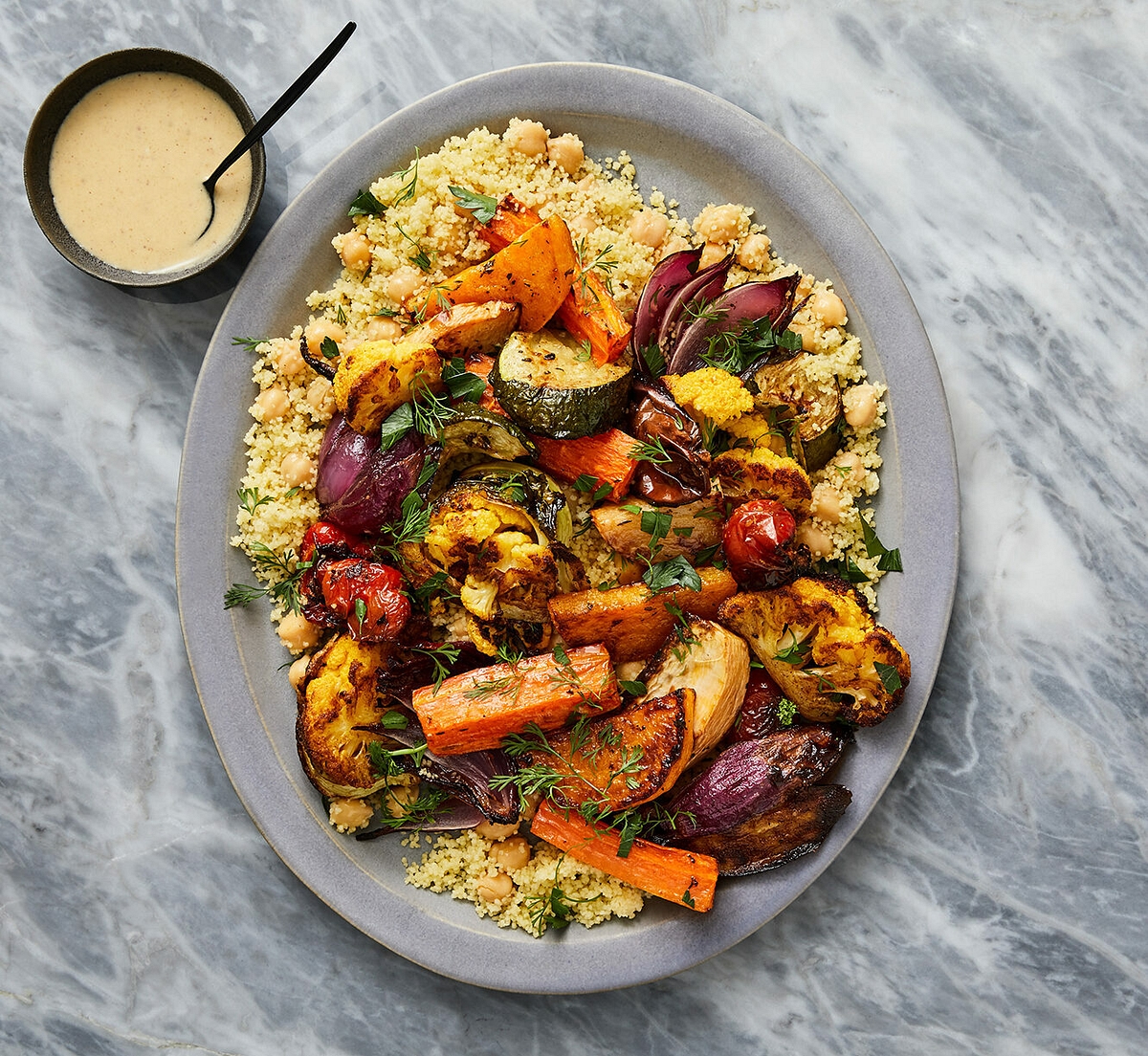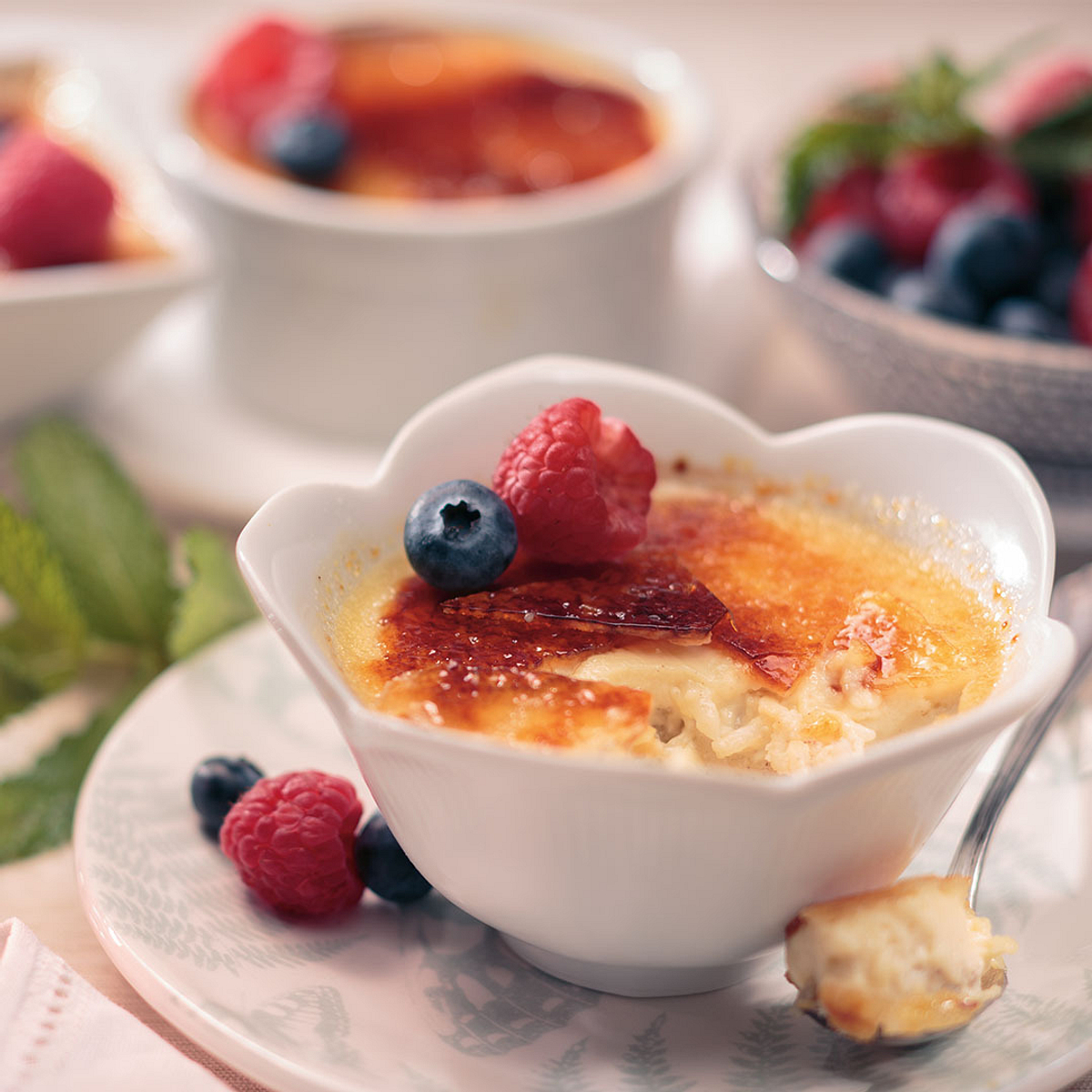There are some things that every home chef simply must have in their kitchen at all times. Why? Because a certain set of staple ingredients make up the backbone of every chef’s pantry and are essential building blocks for unforgettable recipes.
Read on as we explore the top 8 ingredients that should be in your kitchen and how home chefs take each of them to their full potential! What’s more, we’ll suggest some unique recipes you can prepare along the way!
1. Rice
For its versatility, flavor neutrality, and availability, it’s no wonder that rice is so popular all over the world and in various cuisines. One of the most satisfying things rice can do for us in a good recipe is soak up the flavors of other ingredients such as meats, sauces and more!
There’s a wide range of different rice types out there, each offering their own distinct qualities, from those that are mainstream to those which are more distinct, such as our very own Royal Blend® Rice or those which belong to our organic assortment. At RiceSelect®, we pride ourselves on the quality and versatility of our exclusive rice varieties.
2. Beans
Aside from the nutritional value they bring to dishes, beans also bring their own flavors, textures, and nutrients - beans tend to be protein-rich although the amount of protein varies depending on the type of bean.
While there are various recipes where beans can fit perfectly well, rice and beans make a particular satisfying combination when paired together in the right recipes.
Black Beans: Earthy and soft, popular in Latin American cuisines.
Red Beans: Sweet and small, used in Louisiana Creole dishes.
Cannellini Beans: Creamy and mild, great for soups and salads.
Pinto Beans: Mild and smooth, perfect for chili.
Black-Eyed Peas: Soft and mild, often used in salads.
Navy Beans: Oval and small, ideal for baked beans.
Kidney Beans: Firm and slightly sweet, great for chili.
3. Flour
An indispensable staple for baked dishes such as pastries, bread and cakes, flour can also be used to thicken sauce, make dough, or used as a coating before frying. After all, you’ll need it on hand to put together a delicious dessert option like this Carrot Quinoa Cupcakes Recipe topped with cream cheese frosting.
4. Salt
Putting a pinch of salt into rice or pasta water, using it in a rub for a quality cut of meat, or sprinkling it over a root vegetable bowl adds an extra punch to your dish’s overall flavor. Why stop there? Let’s look at the various different types of salt home chefs can explore.
Sea Salt: Left behind when seawater evaporates, it comes in refined or unrefined varieties with different flavors, perfect for sprinkling or as a rub.
Fine Sea Salt: Crushed to a sandy texture, it easily dissolves during cooking and is great for sprinkling.
Coarse Sea Salt: Ideal as a rub for seafood, poultry, or meat, it delivers delicious results and a desirable texture.
Delicate Flakes: These flakes add texture and flavor, best sprinkled over finished dishes like steaks, vegetables, or eggs.
Table Salt: Perfect for seasoning water and quickly dissolving in cooking.
Kosher Salt: Draws moisture out of meat, enhances flavors subtly, and offers easy control with its coarse granules. In Chef Jordan Andino’s Seared Scallop Duxelle Parmesan Risotto, pat scallops dry and then add a generous amount of kosher salt.
Himalayan Pink Salt: Mined in the Himalayas, it has a rosy glow and subtly sweet flavor, used for seasoning or finishing.
Black Salt: Two types: black lava salt for plating with earthy smoky aroma, and Himalayan black salt for a salty, sour, tangy taste in Indian cuisines.
5. Pepper
We’re all familiar with mild spice and distinct kick that pepper can bring to a meal. The way it compliments other ingredients is what makes it so popular in various cuisines throughout the world, whether it’s being sprinkled on rice, pasta, pizza, meat dishes or more! There’s black pepper and there’s white pepper; here’s what you should know about both:
Black pepper: Harvested before fully ripe, dried to become peppercorns, adds bold flavor.
Black pepper in cuisine: Contrasts flavors, adds a slightly bitter bite and strong aroma. In this Cinnamon Coffee Seared Skirt Steak, Rice, Kale and Maple Glazed Carrots, a tablespoon of ground black pepper gives an extra kick that contributes to the balance of the sweet and savory aspects of the dish.
White pepper: Mild flavor, harvested fully ripe, fermented, outer layer removed.
White pepper in cuisine: Common in Chinese and Thai dishes, adds umami to soups, sauces, stir-fries, and curries.
6. Eggs
Eggs are a home chef's best friend! They serve as a versatile staple for binding ingredients, provide leavening in baked goods, and infuse various recipes with flavor and protein, making them an invaluable resource in the kitchen. They add creaminess, richness, and a velvety texture to this Instant Pot Bacon and Egg Risotto Recipe for enhanced taste, texture, and satisfaction.
For a breakfast that beams with style and flavor, start your day by indulging in a mouthwatering and satisfying Huevos Rancheros Breakfast Bowl Recipe.
7. Cooking Oil
We use oil for numerous purposes: to enable ingredients to cook well and evenly, to prevent sticking, and to add moisture, taste and texture to meals. Different oils bring different qualities, but some of the favorites among chefs are the following:
Olive oil: Hugely popular, not only for pan-frying, sautéing, and roasting, but also as a salad dressing. Taste for yourself in our Roasted Seven Vegetable Couscous Recipe.
Sesame seed oil: With a slightly nutty aroma, often used in Asian dishes such as noodles and stir-fries.
Vegetable oil: Has minimal to no effect on taste of other ingredients and is very effective for frying or deep-frying.
Coconut oil: Great for baking, low-heat roasting and sautéing, particularly with chicken and vegetables.
Grapeseed Oil: With a high smoke point and a subtle flavor, it’s great for stir-fries and sautéing. Note how this oil takes a backseat to other flavors in the vinaigrette found in this Chicken, Apple and Parsley Tri-Color Quinoa Salad.
Canola Oil: has a neutral flavor, high smoke point, and a balanced ratio of fatty acids, making it an excellent choice for a wide range of cooking methods and recipes. Try it in this Chicken Shawarma and Turmeric Couscous Salad.
8. Sugar
It’s difficult to imagine a world without sugar! We know it brings sweetness to just about everything, but it also has an effect on texture, overall flavor balance and can be used for caramelization. After all, there’s nothing more satisfying than a perfectly crunchy top on a Crème Brûlée Rice Pudding.
Caramelization Tips:
Heat the sugar over medium heat until it melts and turns golden-brown.
Avoid stirring too much to prevent crystallization.
Add a small amount of water if needed for even melting.
Consider adding butter or cream for a richer taste.
For a little richer flavor, opt for brown sugar, which contains molasses. Put three and a half tablespoons of brown sugar into the mix when making this Sweet Sticky Rice with Mango and Coconut: more than just a dessert, this dish can also be served as a snack or breakfast.
Now it’s time to put those kitchen staples to use by cooking your latest crowd-pleaser!

